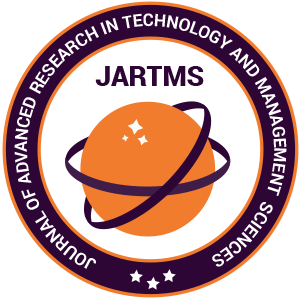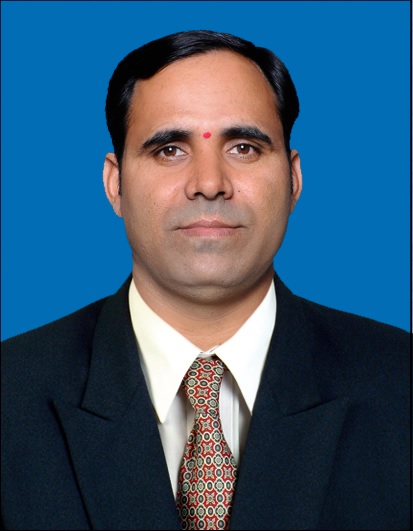The means of distributing the everchanging
load by properly scheduling the available units,
both thermal and solar photovoltaic(PV) units of
distributed generation so as to obtain the most economic
operating cost, reducing the valve point loading effects,
minimizing the emissions and making the maintenance
of the units simpler is proposed in this paper. The
analysis carried out on 6,15,31Thermal units without and
with integration of solar PV units distributed at uniform
geographical locations in the state of Telangana, India.
The unique cost -per -hour characteristics of thermal
generating units(TG), their emissions, valve point
loading effects, ramp rate limits, prohibited operating
zones and capacity constraints make the cost equation
more complex also the cost of operation of thermal units
is more.To supply for reliable, sustainable,ever
increasing load requirements in most economical way,
solar power plants have to be installed and integrated
them to the grid evenly across various geographical
locations in addition to the already existing ones. The
allocation of the load i.e the Load Dispatch to the
generating units both Solar PV and TG considering their
various parameters which effect their cost of operation
are evaluated for different load demands to obtain the
most economical operating costs using the 3 algorithms,
viz., Non-linear Generalized reduced gradient (GRG)
algorithm, Evolutionary algorithm(EA) and Moth flame
optimization algorithm (MFA) and the results are
compared.
While calculating ELD,the various parameters such as
the fuel cost coefficients, valve point loading effects,
penalty due to emissions, transmission losses, minimum
and maximum capacities, ramp rate limits and prohibited
operating zones of thermal power units and the
parameters such as the minimum, maximum and
average power capacities of a solar PV units placed at
that particular location,which in turn depend on the solar
irradiance values for the peak solar hours in any day of
the year at that location and a factor of overestimation,
underestimation of available solar power of PV units are
considered.
By integrating PV units with Thermal units, the
transmission line losses, the cost incurred due to valve
point loading effects, the penalties due to emissions, and
mainly cost of load dispatch which is associated to all
the aboveare greatly reduced more so in case of systems
having lager number of units and with greater power
demand.Even the maintenance of TG units becomes
simpler as the loads are distributed to PV units.
Non-Linear GRG and Evolutionary algorithm
are simpler and can be evaluated in Solver an add-in
ofMicrosoft Excel inMSOffice2010 version and above
systems and consume less time and needs only a
minimum coding knowledge.Also,the results obtained
from MFA are more economical compared to
Evolutionary algorithm and GRG algorithm andthe time
taken for convergence to arrive at Global optima is also
very less.
Keywords :
Author : Sridevi Pusapati,andRavindranath Reddy B.
Title : Economic Load Dispatch of Distributed Generation – An analysis of Thermal units with and without integration of PV units.
Volume/Issue : 2019;01(3)
Page No : 295-308
















































































